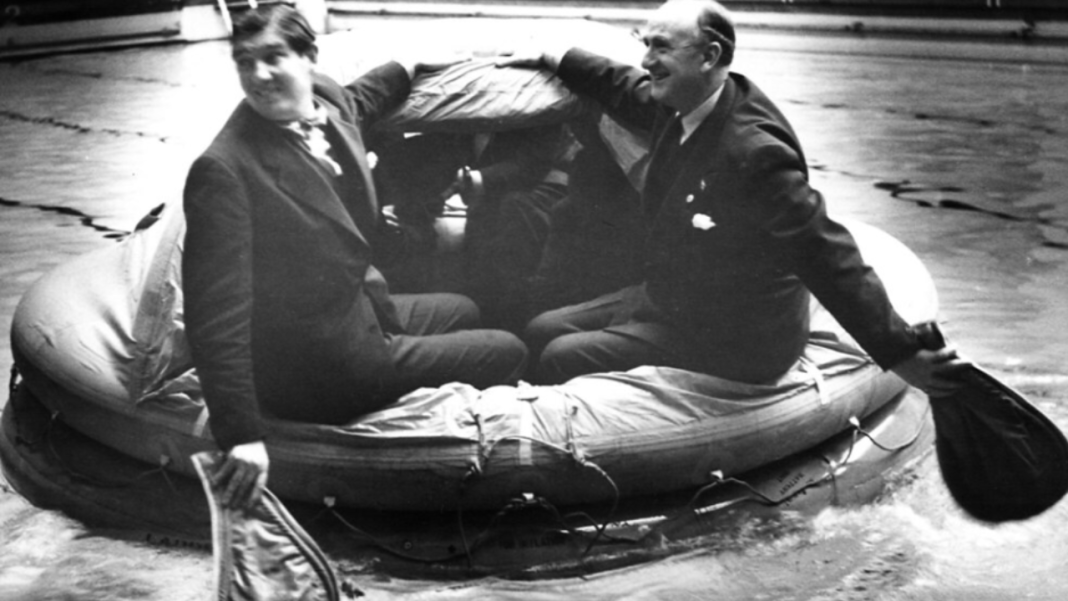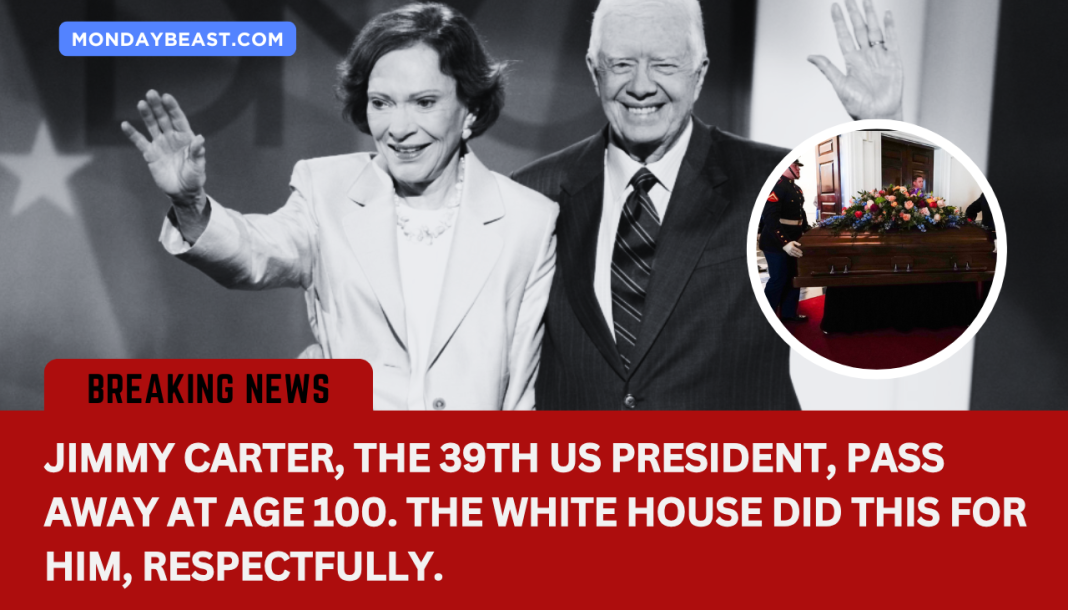The lush valleys of Colombia paint a vibrant picture. But beneath this beauty lies a dark truth. Children are being pulled into armed conflict.
How do young lives get swept into violence? In Caloto, children face immense pressure. They are caught between recruitment and survival.
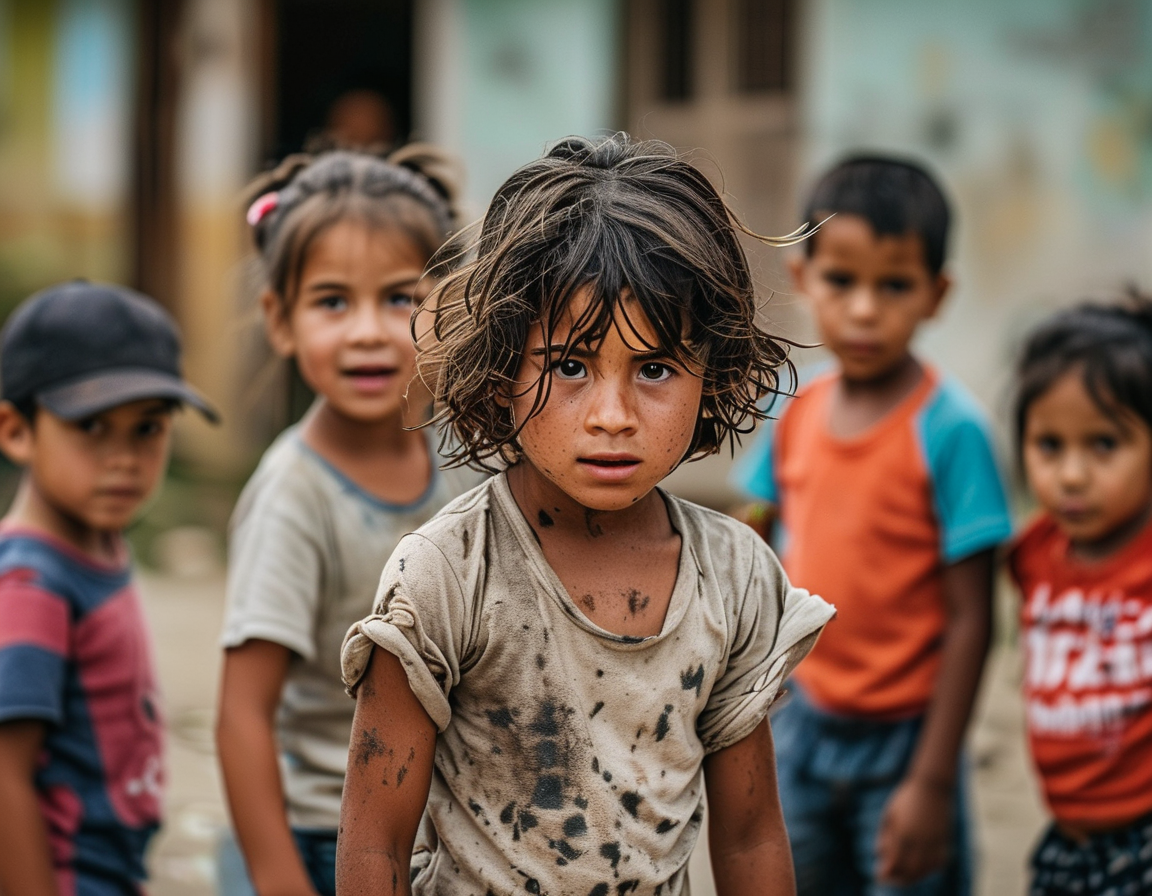
The allure of gangs is strong. Armed groups offer material rewards: cash, phones, clothes. It’s hard to resist these temptations in poverty.
The situation worsened after the 2016 peace deal. Many did not see the promised changes. Instead, new factions emerged, continuing the cycle of violence.
Children often feel trapped in this complex web. Many lose their childhoods to the harsh realities of war. It’s a grim fate that casts a long shadow over families.
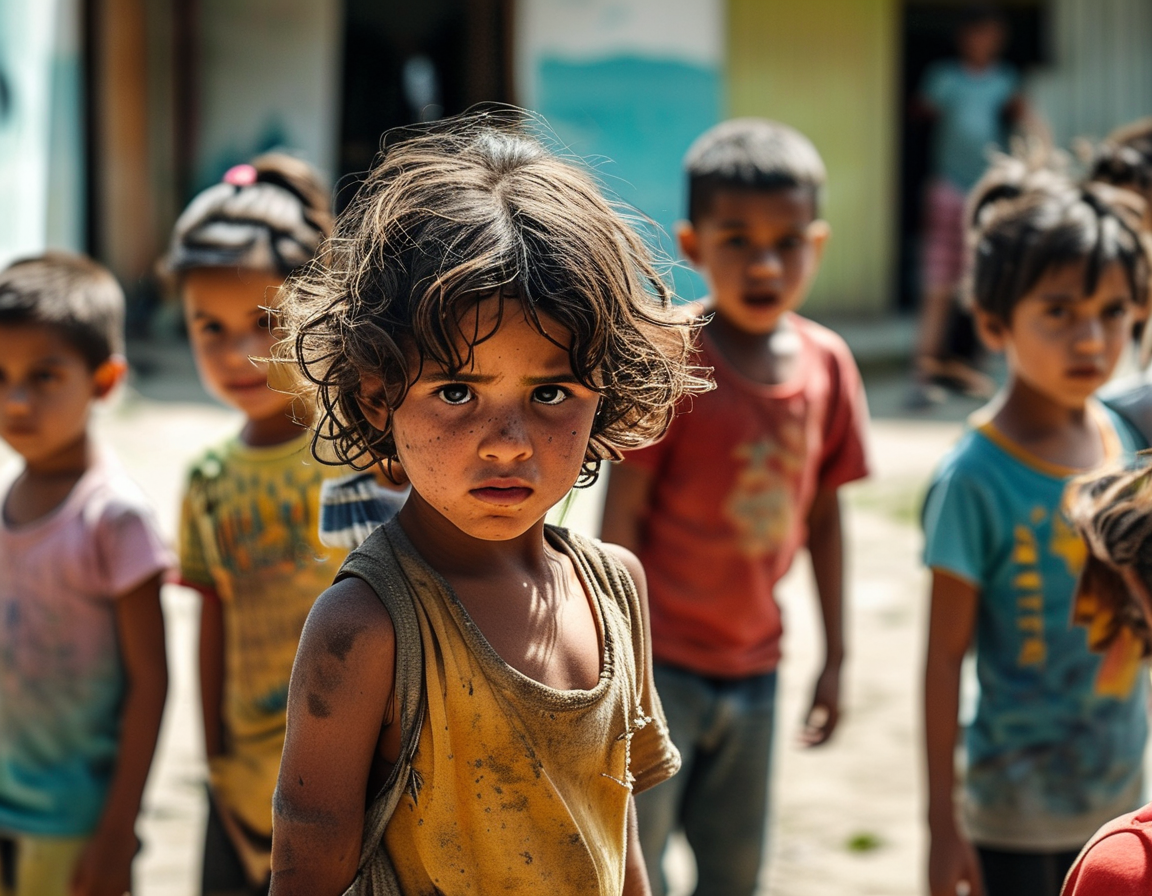
Indigenous leaders like Arbey Noscue Silva fight back. They view recruitment as an attack on their culture. Their communities yearn for peace and stability.
What drives children to join these groups? The answer is often found in despair. Lack of opportunities leads to desperation.
Various organizations work tirelessly to shield youth. War Child has initiatives to engage and educate them. Community centers offer hope amid chaos.
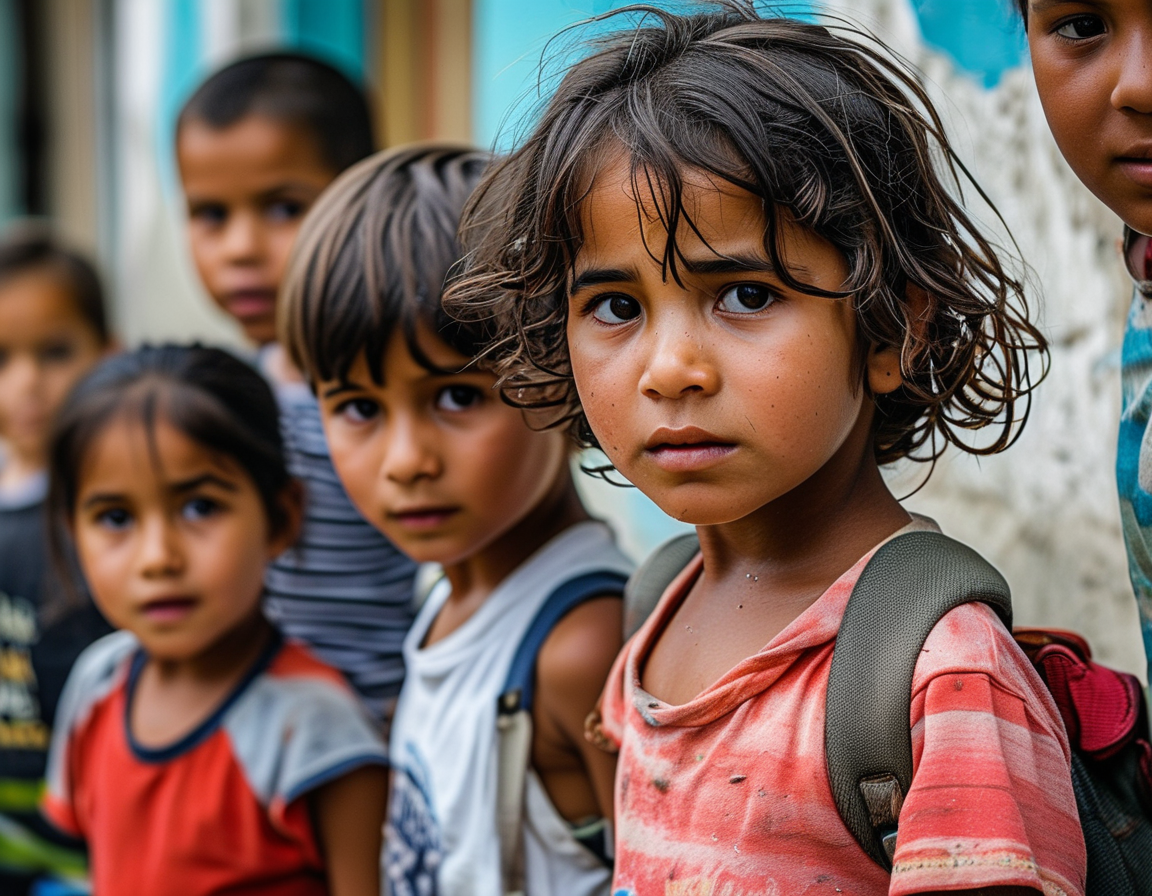
The struggle to save these children is real. Each reported case draws attention to a growing crisis. 851 children have been documented as recruited in just a few years.
What about the emotional toll? Families live in constant fear. Many have lost loved ones or have children missing. Pain runs deep in communities like Caloto.
Grassroots efforts seek to bring change. Leaders like Anyi Zapata and her peers work to monitor and report the situation. Their commitment exemplifies resilience.
Yet, the threat remains. Armed groups continue to abduct children, often herding them to the frontlines. The violence doesn’t discriminate; girls face grave dangers too.
Some women suffer brutal exploitation. Reports tell of forced addiction and abuse. It’s heart-wrenching to think of their struggles.
Children need spaces to heal and thrive. Youth hubs provide safe places for expression. Activities like sports and art foster community and resilience.
Can hope emerge from despair? Past experiences offer insights into recovery. Natalia’s story illustrates the power of choice and reflection. Having survived, she now campaigns against recruitment.
It’s vital to spotlight these challenges and solutions. Engaging with communities can foster sustainable change. Only then can hope flourish in places like Cauca.
The resolve of communities in Colombia inspires us. ‘Cauca resiste’ symbolizes their strength. Indigenous groups continue to advocate for their children, promoting peace over violence.
Fighting armed groups requires courage and strategy. The Kiwe Thegnas act without weapons, embodying moral authority. Their methods inspire hope amid desperation.
As discussions continue, we must keep these children in focus. Their experiences shape the future of their communities. Recognizing their plight is the first step toward change.
In the end, how can we support these communities? Awareness is crucial. The stories of children like those in Caloto deserve our attention. Together, we can help build a brighter future.


